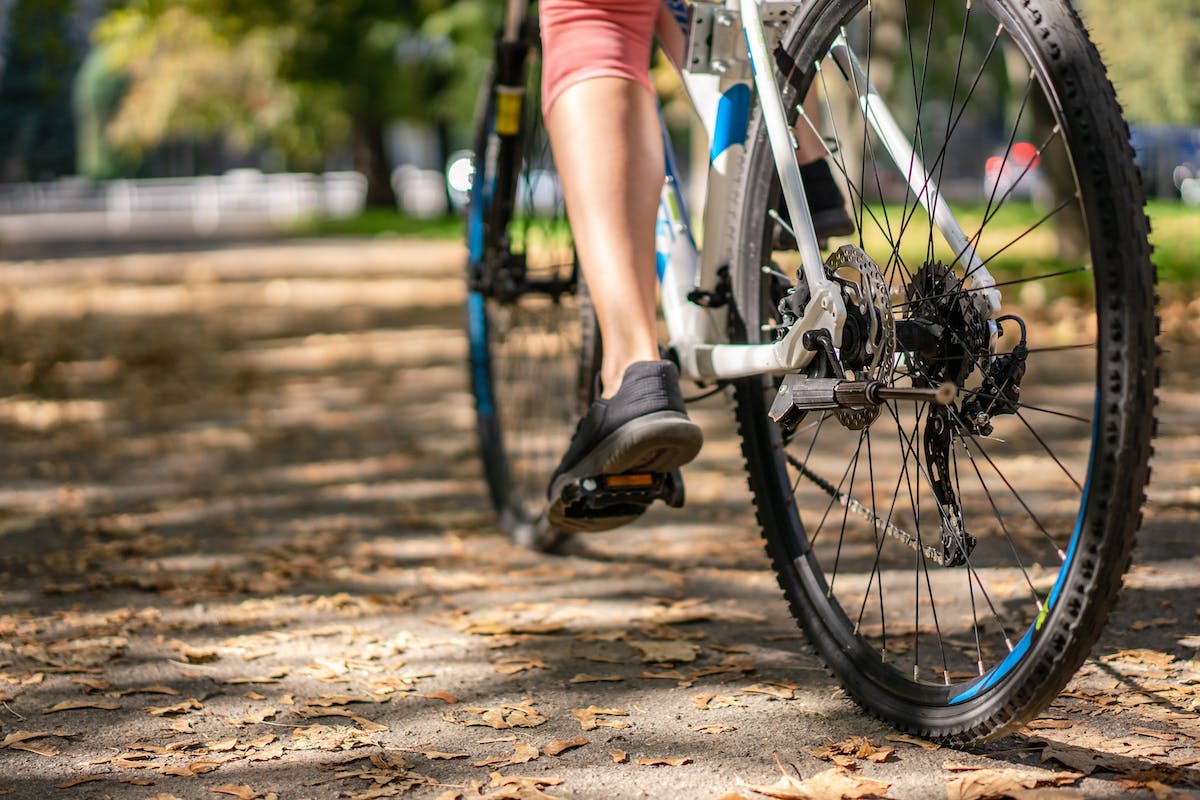For your bike to function at its best and be comfortable and safe, the tires you choose are crucial. Bicycle tires are similar to shoes. Without them, the majority of individuals won’t advance very far. While good bike tires can enhance performance and increase enjoyment while riding, an inappropriate tire can ruin a wonderful bike ride or prevent it from beginning altogether.
If you don’t know what to look for when replacing the tires on your bicycle, it can be threatening. Tires come in a wide range of sizes, and the price variations are frequently rather significant.
If you aren’t sure what to look for, they can be a little confusing, just like many other bicycle parts. And for that reason, we’ve put together this helpful mini-guide.
Here are some factors you ought to consider when selecting bicycle tires:
1. Tire Type:
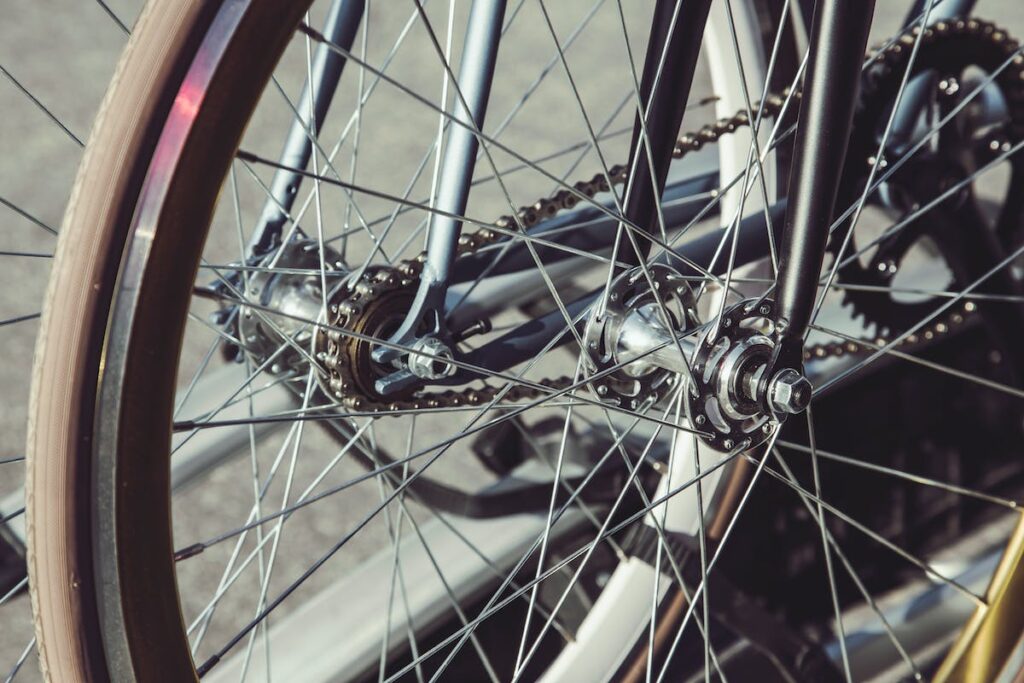
The type of cycling you’ll be doing is crucial when choosing a bicycle trailer. For example, several tire types are made for road biking, mountain biking, commuting, touring, or gravel riding. Each type has unique characteristics that improve performance on various surfaces. For instance, road bike tires are small and smooth, made for riding at fast speeds on smooth surfaces. For improved traction on rocky terrain, mountain bike tires, on the other hand, are wider and feature more aggressive tread designs.
While gravel tires are made for cycling on rocky or loose terrain, commuter, and touring tires are made for durability and puncture resistance. You can be certain of a secure and comfortable journey by selecting a trailer with tires suitable for the kind of cycling you’ll be undertaking.
2. Tire Width:
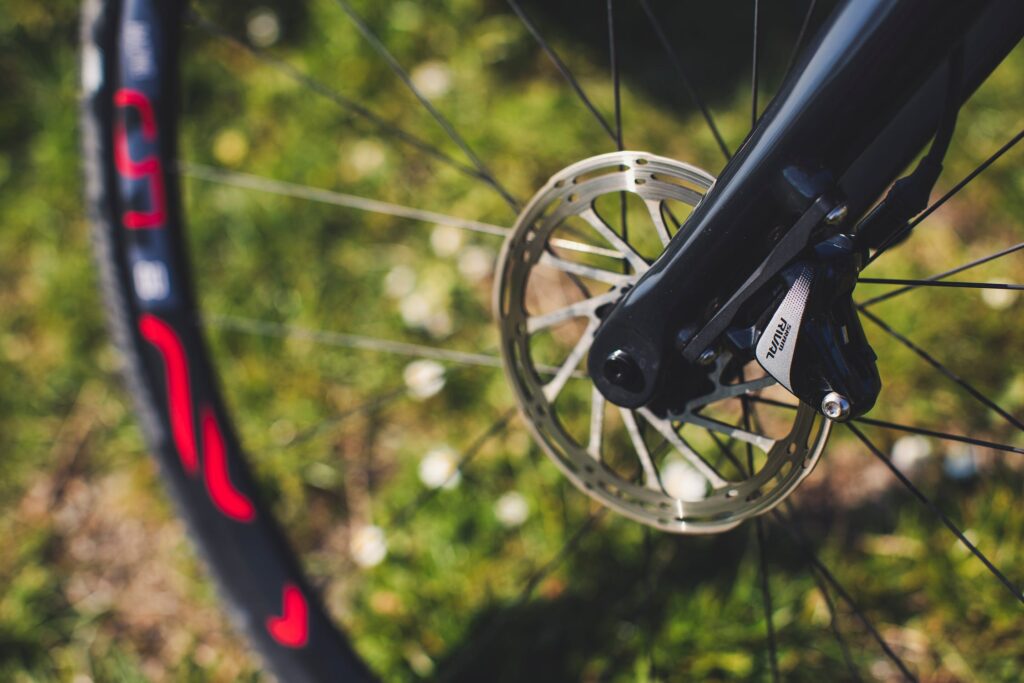
When choosing a bicycle trailer, it’s vital to take the tire’s width into account in addition to its type. Wider tires offer superior stability and traction, particularly on rocky or uneven terrain. Additionally, they provide greater padding and shock absorption, which may result in a more comfortable ride. On smooth pavement, narrower tires provide less rolling resistance and are often used for road biking. On flat surfaces, they are typically quicker and more effective, although they may be less stable. Your riding style and the terrain you’ll be riding on will determine the right tire width. Wider tires might be more suitable if you intend to bike over bumpy or uneven terrain. If you plan to mostly ride on smooth pavement, Narrower tires might be a better option.
3. Puncture Protection:
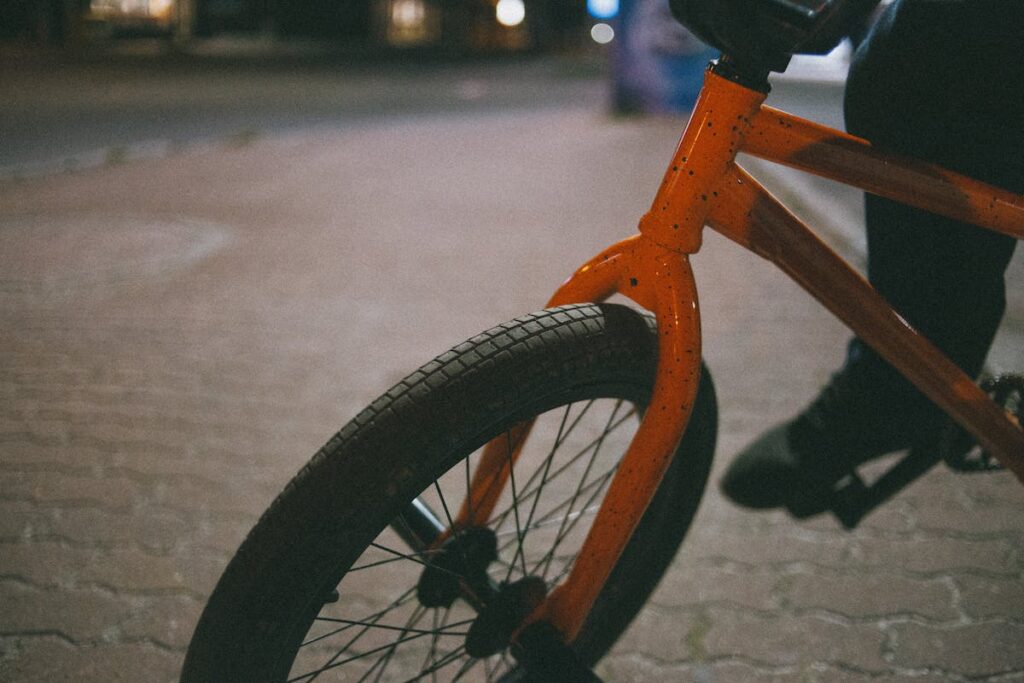
Look for tires with puncture protection features if you want to minimise the risk of flats. Some tires have reinforced layers or specialised materials like Kevlar to enhance puncture resistance, which is particularly useful for urban commuting or touring.
4. Rubber Compound:
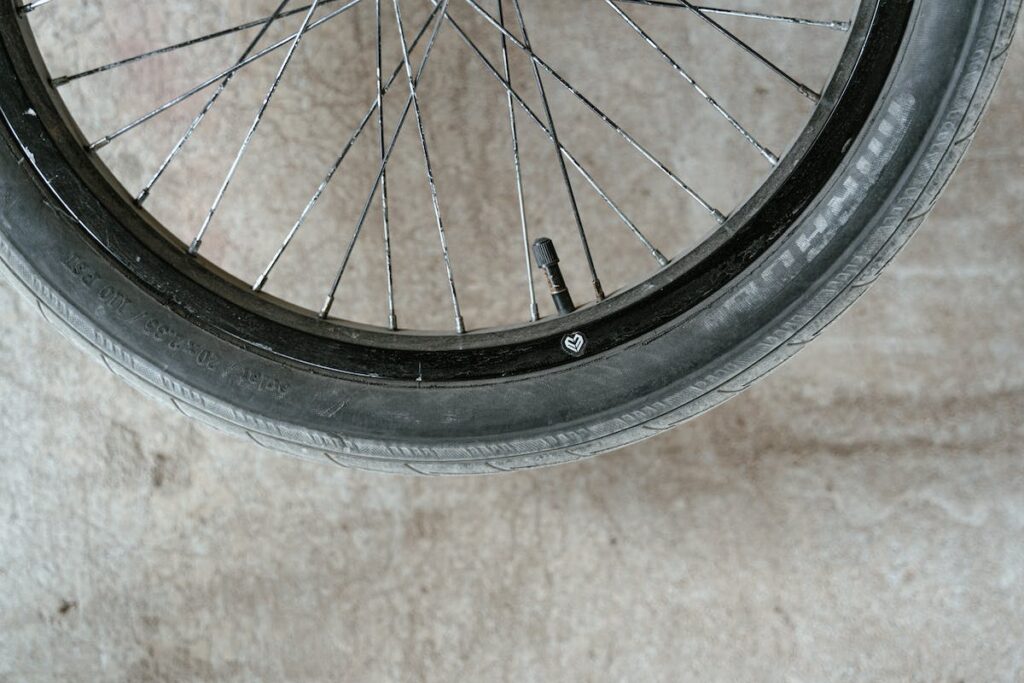
Rubber compounds used by various tire manufacturers have an impact on rolling resistance, durability, and grip. While stronger compounds give enhanced durability but may compromise grip, softer compounds offer better traction but may wear out more quickly. When deciding on the rubber compound, take your requirements for tire longevity and grip into account.
5. Tubeless or Tubed:
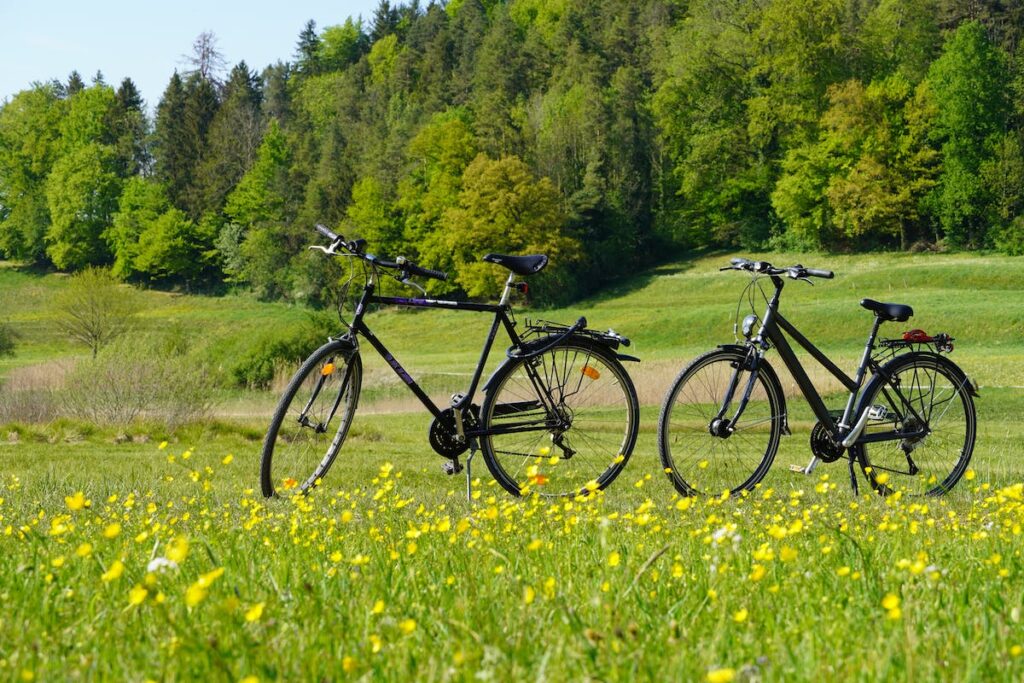
Choose between tubed or tubeless tires. A sealant is used by tubeless tires to stop air leaks, which can make the ride more comfortable and less prone to flats. On the contrary, an inner tube is necessary to maintain air pressure in tube tires. Although they would need special rims and maintenance, tubeless systems can provide enhanced puncture resistance.
6. Riding Conditions:

It’s necessary to take into account the regular riding circumstances you’ll experience while choosing a bicycle trailer. Look for tires with improved wet-weather performance if you ride primarily in wet or rainy conditions. For better traction in slippery situations, these tires may have deeper tread grooves or unique rubber compositions. For a safer and more comfortable ride, tires with good wet-weather performance can assist reduce slipping and sliding.
You should also search for tires with studs or other characteristics to enhance traction on snow and ice if you plan to ride in winter weather. On the other hand, if you’ll be riding mostly in dry circumstances, you might be able to choose tires with softer rubber compounds and less aggressive tread patterns for increased durability and rolling resistance.
7. Bike Compatibility:
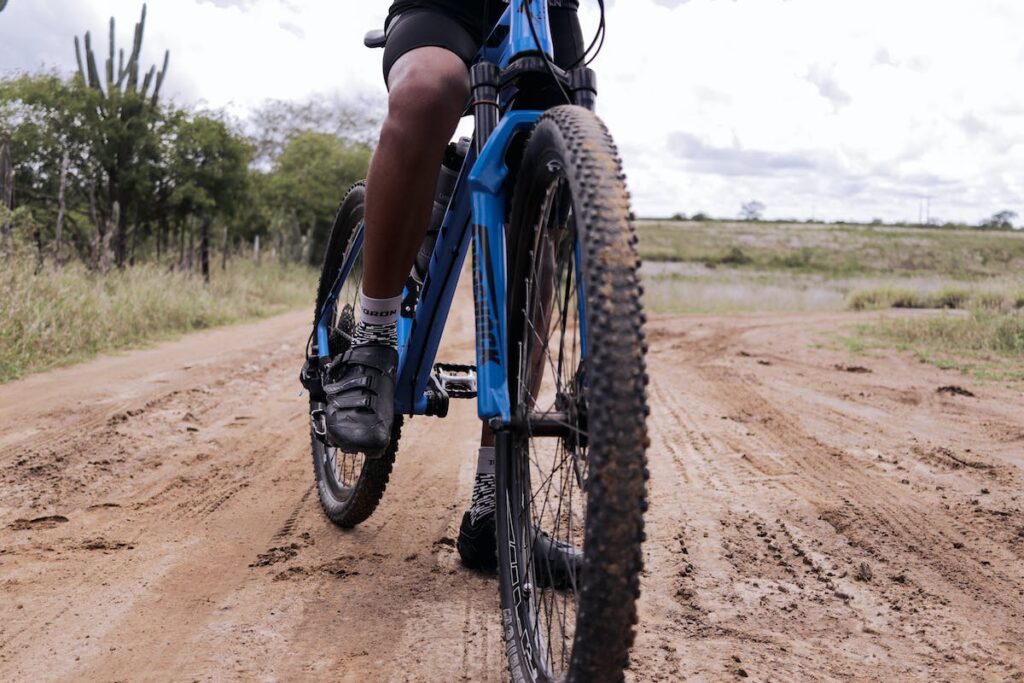
It’s extremely important to make sure the tires you choose for your bicycle trailer are compatible with your bike. Examine the tire size recommendations suggested for the rims on your bike, taking into account elements like clearance inside the frame or fork. It’s crucial to select tires that are appropriate for your particular bike because different bikes have varying maximum tire clearance and tire size restrictions. For instance, you might not be able to use wider tires if your bike has a low tire clearance.
On the other hand, you might be able to use bigger tires for more comfort and stability if your bike offers larger tire clearance.
Conclusion:
Keep in mind that proper tire pressure is essential for both safety and performance. Check the tire’s sidewall for the recommended tire pressure range, then make any necessary adjustments based on your weight, riding style, and finally, the terrain. Happy cycling!

